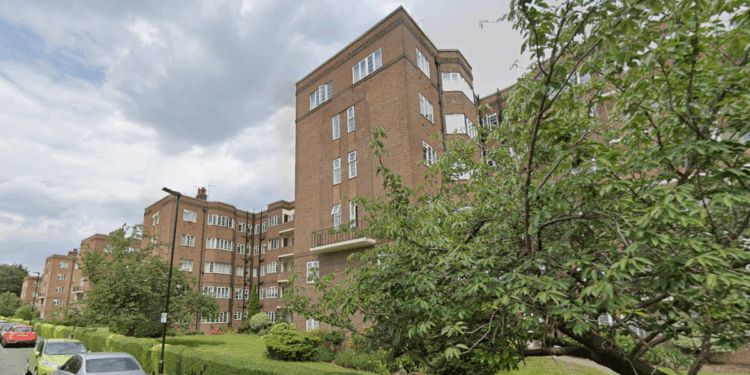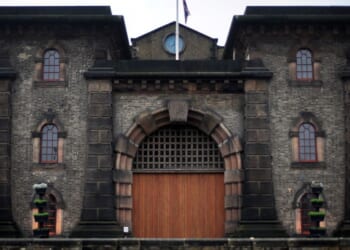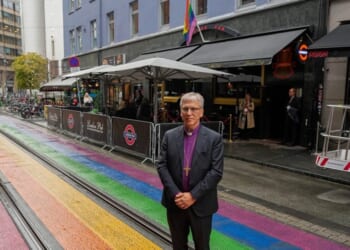Residents of a leafy west London housing complex have been left fuming after developers constructed luxury penthouses directly above their existing homes.
The construction work at Chiswick Village has brought daily challenges, including persistent noise, water supply interruptions and extensive scaffolding that blocks natural light.
The development by London Penthouse Ltd and landlord Colin Tett involves adding an entire new floor to the 15 residential blocks, which house approximately 280 flats.
Ongoing construction has already led to six properties being listed for sale, with values ranging between £400,000 and £650,000.
Tenants describe the situation as particularly distressing, with builders able to peer through windows whilst working on the scaffolding.
The disruption has transformed what residents describe as a previously peaceful community with Thames views into a construction site.
Several residents claim they received no advance warning about the construction project.
One long-time tenant explained: “I’ve lived here since 2019 and I hadn’t been informed about it at all.”

Local residents in London’s leafy Chiswick Village have been left fuming over luxury developments on top of their flats
|
The resident discovered the development only when scaffolding materialised outside their window.
“The noise is really affecting me a lot – that’s the main issue, although I also noticed the water in my flat has gone on and off at various times,” they added.
Piyu Banerjee, aged 50, who relocated to the village last weekend, expressed surprise at the construction’s extent.
“I just moved in last weekend and the building work is very restrictive. It goes without saying that scaffolding is ugly but it’s also hazardous,” she told the Daily Mail.

One tenant said ‘I’ve lived here since 2019 and I hadn’t been informed about it at all’
|
Residents express significant anxiety about fire safety compliance as the development will push the buildings above 11 metres in height.
This threshold triggers requirements under the Building Safety Act, introduced following the 2017 Grenfell Tower tragedy that claimed 72 lives.
The legislation mandates specific safety measures for buildings exceeding 11 metres, including fire doors at flat entrances and escape routes, sprinkler systems, wayfinding signage and evacuation systems.
Residents assert these requirements are not being properly followed, with scaffolding reportedly obstructing one flat entrance during a recent visit.
The development rights controversy stems from Colin Tett’s 1998 purchase of the lease permitting penthouse construction, acquired whilst he served as chairman of Chiswick Village Residents Limited’s board. This dual role has created tension within the community, as Tett owns the airspace above the 280 flats distributed across 15 blocks.
London Penthouse Ltd has vigorously contested residents’ complaints, maintaining that appropriate communication channels were established throughout the project.
Joe Griffin, the company’s managing director, stated in correspondence: “We have made a real effort to foster a good working relationship with the board of CVRL and their managing agents.”
Regarding fire safety, the developers insist all work complies with relevant regulations and that registering completed high-rise buildings remains the freeholders’ responsibility.

Hounslow Council has stated it found no immediate planning control breaches following its review of the Chiswick Village development
|
Hounslow Council has stated it found no immediate planning control breaches following its review of the Chiswick Village development.
A council spokesman confirmed: “The developer lawfully implemented the approved scheme before the statutory expiry date, and all pre-commencement conditions have been discharged in line with the approved details.”
“Where residents raise concerns, these are taken seriously and investigated in line with planning, building and environmental regulations,” the council added.
The authority emphasised its role in ensuring proper procedures and transitional arrangements are followed whilst maintaining confidence that designs meet reasonable safety standards.

















